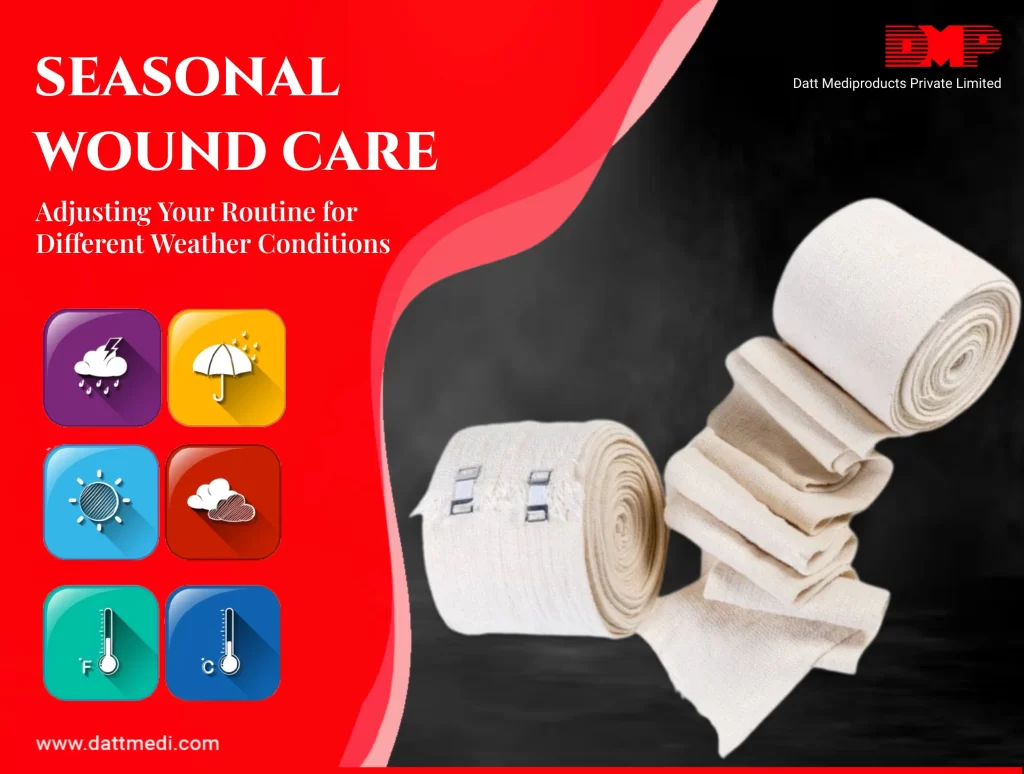
Velfour® is a revolutionary 4-layer compression bandaging system designed to manage venous leg ulcers and associated conditions. With a sub-bandage pressure of 35-40 mm Hg at the ankle, this high-compression system incorporates elastic layers to achieve sustained compression and promote healing.
Velfour® consists of four essential components that work together synergistically to deliver effective compression and support:
1. Velfour®#1 (Orthopaedic wool):
This layer serves as the primary absorbent material, effectively managing exudate while redistributing pressure evenly around the limb.
2. Velfour® #2 (Cotton crepe bandage):
Designed to enhance absorbency, the cotton crepe bandage smooths out the Orthopaedic Wool layer, ensuring optimal comfort and performance.
3. Velfour®#3 (Elastic Compression Bandage):
The first layer of elastic compression sub-bandage, exerting a pressure of approximately 17 mm Hg at the ankle. This layer provides the initial compression necessary for effective treatment.
4. Velfour® #4 (Cohesive Bandage):
The second layer of compression, adding the remaining 23 mm Hg of pressure while ensuring the bandage remains securely in place. The cohesive properties of this bandage contribute to its stability and adherence.
Velfour® offers a range of features and benefits that make it an exceptional choice for venous leg ulcer management:
1. Effective compression:
With a pressure of approximately 40 mm Hg at the ankle, it delivers the necessary compression to promote healing, gradually reducing to 17 mm Hg at the knee. This graduated compression approach ensures optimal therapeutic results.
2. Graduated compression:
The bandage provides high compression at the ankle and gradually decreases the pressure at the calf.
3. Sustained compression:
It maintains a consistent level of compression for up to a full week, allowing for uninterrupted therapy and reducing the frequency of bandage changes. The treatment process is made simpler by this feature, which also increases patient compliance.
The leading option for treating venous leg ulcers, Velfour® also has additional advantages for a number of other ailments, such as:
1. Treatment of Venous Ulcers:
It improves results by hastening the healing process and facilitating the closure of venous leg ulcers.
2. Prevention of Ulcer Recurrence:
In cases where traditional compression stockings are not tolerated, It provides an effective alternative for preventing the recurrence of venous ulcers.
3. Symptomatic Relief of Superficial Thrombophlebitis:
The compression offered by Velfour®alleviates pain and inflammation associated with superficial thrombophlebitis, providing much-needed comfort to patients.
4. Traumatic Wounds with Local Edema:
It aids in reducing edema and promoting the healing of traumatic wounds, helping to restore the affected area to its optimal state.
5. Venous/Lymphatic Disorders:
It is suitable for managing various venous and lymphatic disorders by providing effective compression and support.
To ensure the optimal application and use of Velfour®, it is essential to follow these guidelines:
1. Limb Assessment:
Accurate measurement of the ankle circumference is crucial to determine the appropriate combination of bandages needed. Any changes in limb contour should also be noted for reference.
2. Wound Assessment:
Mapping the ulcer provides a baseline to track progress throughout the treatment. Regular wound assessment enables healthcare professionals to evaluate the effectiveness of Velfour® and make necessary adjustments.
3. Pain Assessment:
This plays a crucial role in managing venous leg ulcers. Compression therapy with it can alleviate pain, although a slight increase may occur initially.
Velfour® stands as a game-changing solution for managing venous leg ulcers. Its innovative 4-layer compression bandage system, combined with its effective pressure distribution and sustained compression, offers unparalleled benefits for patients and healthcare professionals alike.
We are committed to providing valuable information and insights to support your journey towards improved wound healing and patient well-being.




